While coaching a senior leader last week, I had the chance to observe a team meeting. Like usual meetups, it started with a casual conversation revolving around weekend activities, kids’ sports games, and even a birthday party of someone’s first niece. However, the senior leader was busy answering emails on his phone while his team had this candid conversation. After the meeting, I asked him about the exchanges between teammates and what he may have learned in those moments. He shared that he had a lot to cover during the meeting and didn’t have the time or energy to indulge in such insignificant catch-ups.
Next up, we discussed trust, impact, and influence and the leadership competencies that led to his success, including execution, change management, and strategic planning. We also covered team culture and the areas where he felt improvements were needed. The leader asked me to coach him on creating a stronger-bonded and more productive team.
So, I began by helping him reflect on his thinking to identify how best he could build his influence and trust within the team. As decades of research indicate, highlighting competence and operational excellence is inadequate to build trust. The two are mandatory but ineffective on their own. In reality, trust forms when competence couples with connection and excellence ties with respect. Thus, it is essential to see someone as human and care for their needs as an individual first and then as a team member to create harmony.
Further, research highlights that to lead effectively and gain trust, you must balance strength (competence) with adaptive leadership, such as care and warmth. In most situations, warmth and care must trump excellence as a conduit to influence and trust. By doing so, you can have high expectations for your team while still having connection and respect. Both can exist concurrently.
As it goes, humans are hardwired to make subconscious decisions about the people we interact with throughout the day. When the human brain receives signs of warmth from others, oxytocin increases, triggering a sense of affiliation and trust. In short, leading with strength is necessary; however, in the absence of human connection, competence often leads to negative impressions like fear or power dynamics.
For most leaders, strength is easier to demonstrate; the hard part is to couple it with warmth and care. However, once done, relationships, trust, and productivity blossom. The adaptive skills of warmth and care strengthen relationships and build effective bonds stimulating the team to go above and beyond to seek excellence. In the absence of trust, team members have to use cognitive energy and space to navigate relationships and power dynamics, resulting in a loss of effectiveness and productivity.
Thus, I recommend leaders find a harmonious balance of strength and competency and warmth and care. You can do this in small ways by beginning meetings with whip-around where everyone shares a win or positive moments. Also, think about smiling more, not sitting behind your desk during 1:1s, or not sitting at the head of the table during meetings. Smile more. Ask about family life and kids, but most importantly, be present.

